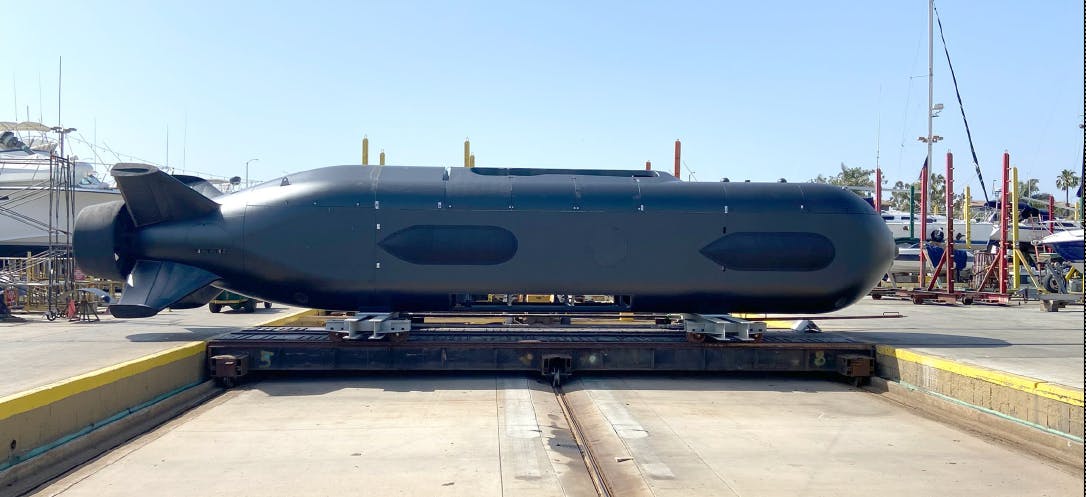SOURCE: AFI

India’s Ministry of Defence (MoD) has embarked on an ambitious project to design and develop Extra Large Unmanned Underwater Vehicles (XLUUVs) for the Indian Navy. This initiative signifies a significant stride towards self-reliance in underwater defense technologies.
The project, granted Approval-in-Principle (AiP) in January 2023, aims to deliver a prototype XLUUV by 2025, paving the way for potential procurement of up to 12 XLUUAVs upon successful testing. This aligns with India’s broader “Make in India” push to bolster domestic defense manufacturing capabilities.
These XLUUVs are envisioned to be large and sophisticated underwater drones, packed with advanced technology. Here’s a glimpse into their potential functionalities:
- Extensive Sensor Suite: The XLUUVs will likely be equipped with an array of sensors, including flank array sonar, towed array sonar, and bow sonar for comprehensive underwater surveillance. Additional sensors like multi-beam echo sounders and sub-bottom profilers will aid in seabed mapping and obstacle detection. Collision avoidance sonar will ensure safe navigation, while I band radar and ESM systems will enhance situational awareness. A periscope mast with EO/IR cameras will provide valuable visual intelligence.
- Long-Range Communication: The XLUUVs are expected to possess robust communication capabilities using SATCOM (Satellite Communication) for relaying data and commands over long distances. Underwater communication systems will further facilitate seamless information exchange with other underwater platforms and control stations.
- Diverse Applications: These XLUUVs hold promise for a wide range of naval missions, including:
- Intelligence, Surveillance, and Reconnaissance (ISR)
- Anti-Submarine Warfare (ASW)
- Anti-Surface Warfare (ASuW)
- Mine Countermeasures (MCM)
XLUUVs will significantly bolster India’s underwater capabilities, enabling long-range surveillance, autonomous missions, and potential combat operations. By possessing this advanced technology, India reduces dependence on foreign suppliers and strengthens its self-reliance in the critical domain of underwater defense.
The XLUUV project fosters innovation and expertise within the Indian defense sector, propelling advancements in related fields like underwater sensor technology and autonomous navigation.
India’s foray into XLUUV development marks a significant step towards a more robust and technologically advanced Indian Navy. The project’s success will not only elevate India’s underwater defense capabilities but also contribute to its strategic autonomy in the maritime domain.